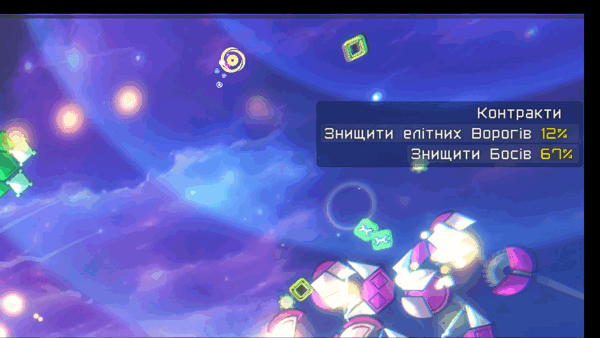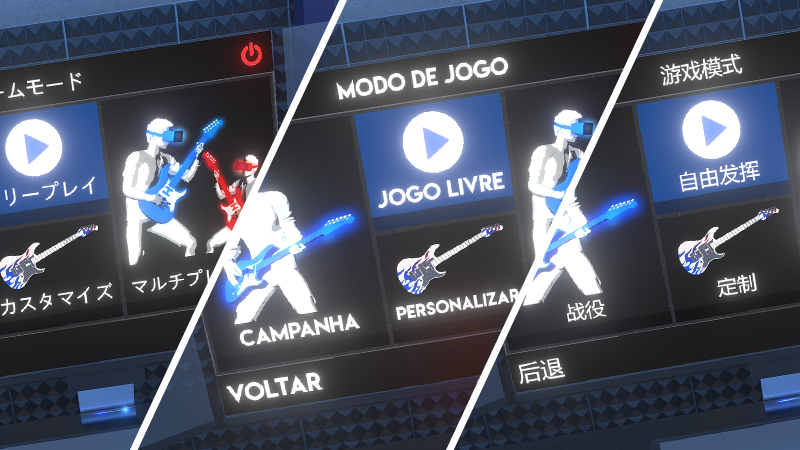
Elsword - GM Raiden KOG

Heya adventurers! It's going to be an exciting, jam-packed, show-stopping week filled with wonderful events and even more wonderful rewards! Lithia's 4th Path Celebration is here, and we can't wait for you to try her out! The community's eagerly anticipating her launch in a couple days and has prepared a plethora of events with K-Ching and Merch rewards. Look forward to Lithia's 4th Path Community Events this week! And as always don't forget to check out the many things we have at the Item Mall for this week.
Lithia’s 4th Path Updates
Come one, come all! Lithia's incredibly hyped to get this show on the road. Walk the path of vengeance and unleash powerful demonic abilities all while filling your inventories with rewards!
06/19/2024 – 07/16/2024 (23:59 PDT)
- Lithia’s Contract Event is back. The whole El Search Party gets to participate and acquire rewards from the event quest every time a quest is completed daily! Gain a special reward once the whole chain quest is completed!
06/19/2024 – 07/02/2024 (23:59 PDT)
- Get ready for Lithia’s Stage Preparation Event. Keep your eyes peeled or you just might miss Lithia's show stopping and twisted abilities to haul in tons of rewards!
Item Mall Goodies
"Beware of dogs". Especially when you see the newest Pets Rime and Shiru! But don't underestimate these adorable poms, their attacks will leave you overwhelmed!


Lithia is exuding a traditional demeanor but is looking extra blooming! Like a bud blossoming in Spring, Lithia's Eternal Love Costume Suit will make your heart bloom even at a glance!

That's all for now, folks~
See y'all in-game!





















